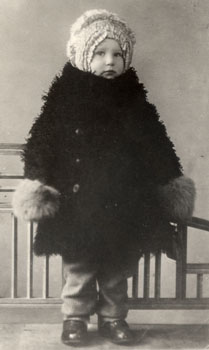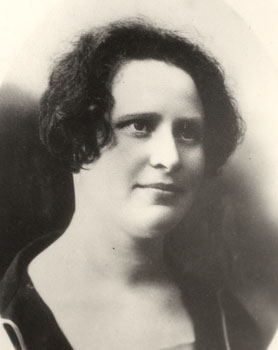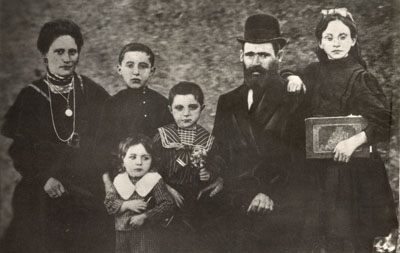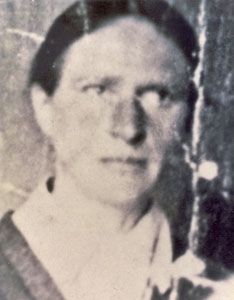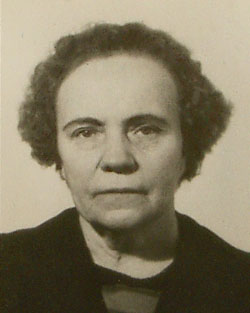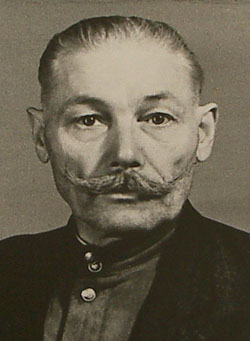More Stories
| . | ||||||||||||||||
Ethnic Integration in the Minsk Underground | ||||||||||||||||
The Minsk underground was based on groups of approximately ten members each and organized by neighborhood; each neighborhood was represented on the City Committee, which made decisions for the underground as a whole. The ghetto was considered one of Minsk's neighborhoods and was represented as such. Because virtually all of Minsk's Jews had been forced into the ghetto, and all non-Jews who had lived in that area previously had been forced out of it, the Minsk ghetto was for the most part ethnically segregated: on the whole, Jews belonged to the ghetto, or Jewish, underground, and non-Jews, Byelorussians and others, belonged to the Byelorussian underground. The ethnic division within the underground was made necessary by circumstances, by the fact that the Germans had forced the Jews into a ghetto and the Byelorussians who had lived there out of it. Elsewhere in Eastern Europe it seemed natural to many people that people of different ethnic groups should each have their own organizations. This was not so in Minsk: here ethnic divisions within the underground reflected the situation forced upon the population by the Germans, not the preference of underground members. And despite the residential segregation of Jews and Byelorussians, some Jews belonged to largely Byelorussian underground groups, outside the ghetto, and there were many cases in which Jews and Byelorussians worked together closely across the boundary between the ghetto and "the city" (the rest of Minsk). The two leading liaisons between the ghetto and city underground organizations were Misha Gebelev, who represented the ghetto on the City Committee, and Chasya Pruslina, who organized an underground group in the city, and who, in the late summer of 1942, was asked by the City Committee to make contact with a base of the Soviet Partisan Movement that, the underground had been told, had recently been established near a village some 65 miles south of Minsk. Reaching this base involved travelling through an area where battles were taking place between the Germans and partisan units. The odds of surviving such a journey were not high. Pruslina was chosen for this task because of the high regard in which she was held throughout the underground: she was known for her courage, her integrity, her high intelligence, and her good judgement. There were also indications that the Germans were on her trail, and this assignment was a good way to get her out of Minsk. Pruslina invited her friend, Anna Yezubchik, a Byelorussian woman, to accompany her on this trip. Pruslina and Yezubchik had known each other before the war as fellow university students. During the war, Pruslina recruited Yezubchik into the underground. The two women walked for several days through territory contested by the Germans and the partisans, entered partisan territory, and, when they were asked for directions to the village to which they had been sent, were arrested as spies by a group of partisans. They would have been executed if it had not been for the intervention of a partisan official, who knew that two women from the Minsk underground were expected, and happened to hear that two women from Minsk had been arrested as spies. Pruslina and Yezubchik were taken to the base of the Soviet Partisan Movement and were treated with great respect until the leadership of the Partisan Movement, in Moscow, was informed of their arrival, and attitudes toward them on the base in the forest suddenly changed for the worse. The story of what orders came from Moscow, why, and what impact this had on the Minsk underground as a whole, is told in the book. The point here is that Jewish and Byelorussian Communists, such as Pruslina and Yezubchik, worked together as a matter of course. Ethnic difference in no way impeded comradeship and, in this case, friendship. After the war many surviving members of the Minsk underground were arrested on spurious charges of collaboration. While Stalin was alive anyone who challenged this would have been killed. After he died, challenging the Soviet leadership was still likely to lead to arrest. But Pruslina organized a committee of former members of the underground, and led a campaign for the rehabilitation of the Minsk underground, which finally succeeded in 1959. . |
Here are photos of Chasya Pruslina at various stages in her life. Photos are courtesy of Pruslina's daughter, Zinaida Alexeevna Nikodemovna.
|
